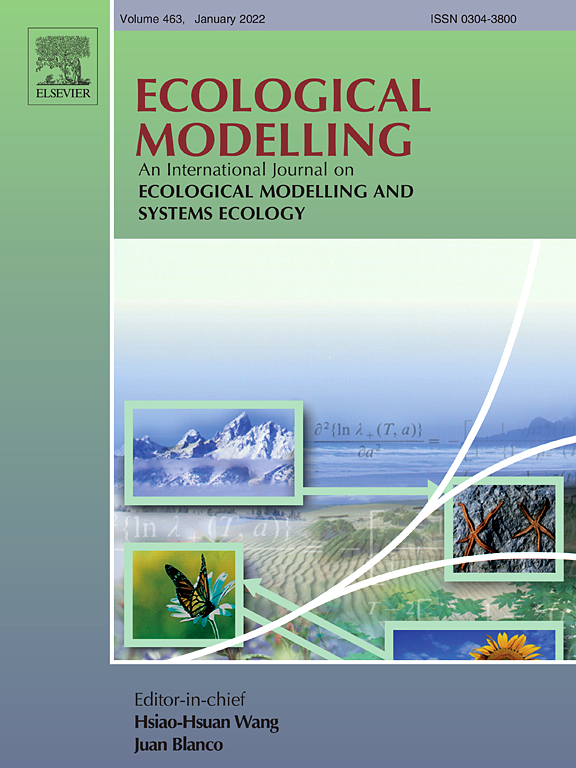Ver ítem
- xmlui.general.dspace_homeCentros Regionales y EEAsCentro Regional Buenos Aires SurEEA BalcarceArtículos científicosxmlui.ArtifactBrowser.ItemViewer.trail
- Inicio
- Centros Regionales y EEAs
- Centro Regional Buenos Aires Sur
- EEA Balcarce
- Artículos científicos
- Ver ítem
A novel mechanism to simulate intercropping and relay cropping using the DayCent model
Resumen
Combining different crops in complex spatial and temporal arrangements can increase resource use efficiency and reduce negative environmental impacts in croplands. Simulation models are useful tools to explore new management strategies and crop combinations in varied landscapes under different weather scenarios. However, models that allow simulations of two or more crops growing simultaneously, such as intercropping or relay cropping systems, are scarce.
[ver mas...]
Combining different crops in complex spatial and temporal arrangements can increase resource use efficiency and reduce negative environmental impacts in croplands. Simulation models are useful tools to explore new management strategies and crop combinations in varied landscapes under different weather scenarios. However, models that allow simulations of two or more crops growing simultaneously, such as intercropping or relay cropping systems, are scarce. We adapted DayCent, one of the most widely used models to analyze greenhouse gas emissions on croplands, to simulate two crop types growing at the same time. We changed several tree parameters in the savanna scheme which was designed to represent single crop and tree species growing simultaneously and competing for light and nutrients. This allowed us to simulate two crop species growing simultaneously without modifying model code. Our results showed good agreements with standard single crop simulations of different key variables and with measured aboveground biomass and grain yield collected in a long-term intercropping experiment. A sensitivity analysis showed that the parameters that control the effect on leaf-area-index are more important than those that control the competitiveness among crops. DayCent can now represent several crop combinations for both intercropping and relay cropping schemes and be used to explore both agronomic and environmental performance of novel agricultural systems.
[Cerrar]

Autor
Della Chiesa, Tomas;
Del Grosso, Stephen;
Hartman, Melannie;
Parton, William;
Echarte, Laura;
Yahdjian, Laura;
Piñeiro, Gervasio;
Fuente
Ecological Modelling 465 : 109869 (March 2022)
Fecha
2022-01-03
Editorial
Elsevier
ISSN
0304-3800
Formato
pdf
Tipo de documento
artículo
Palabras Claves
Derechos de acceso
Restringido
 Excepto donde se diga explicitamente, este item se publica bajo la siguiente descripción: Creative Commons Attribution-NonCommercial-ShareAlike 2.5 Unported (CC BY-NC-SA 2.5)
Excepto donde se diga explicitamente, este item se publica bajo la siguiente descripción: Creative Commons Attribution-NonCommercial-ShareAlike 2.5 Unported (CC BY-NC-SA 2.5)

